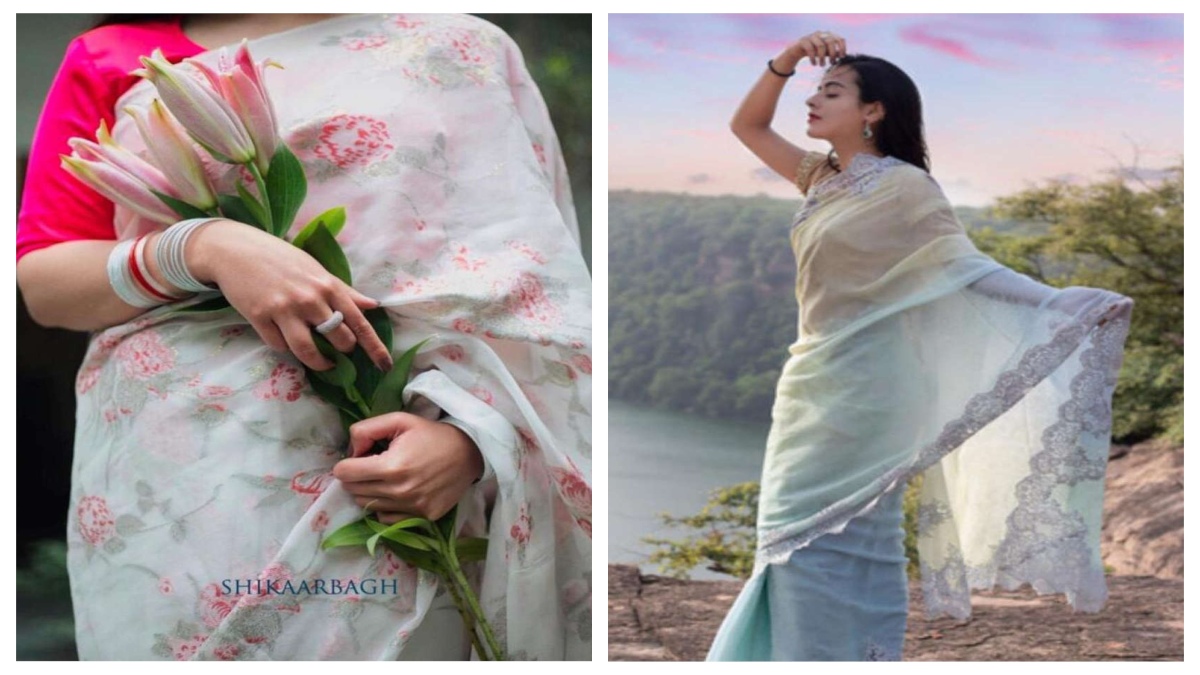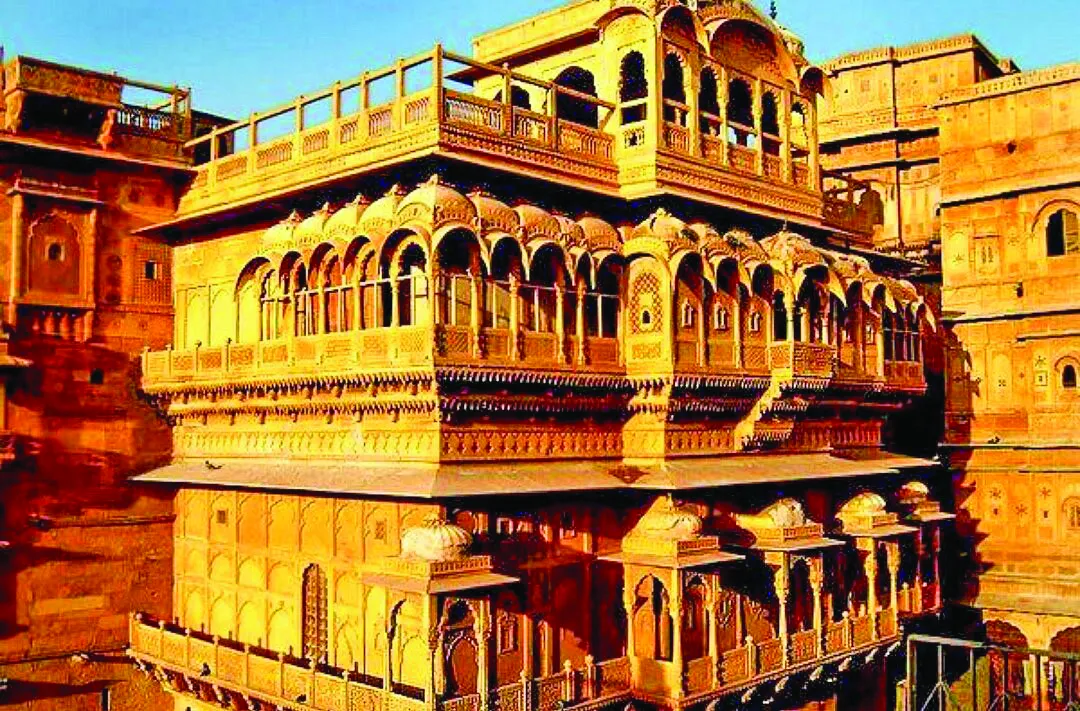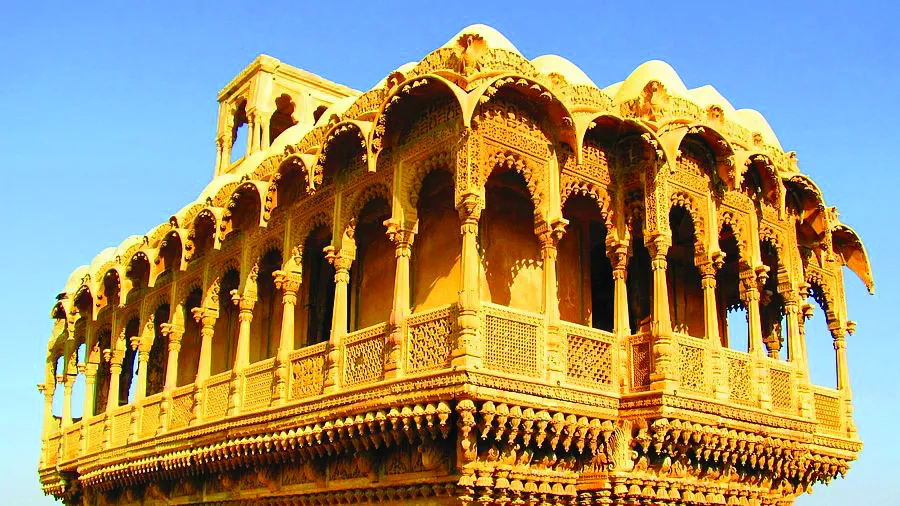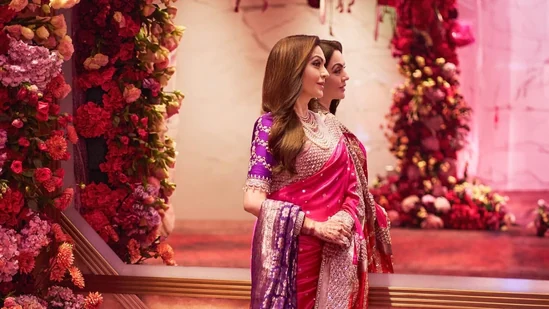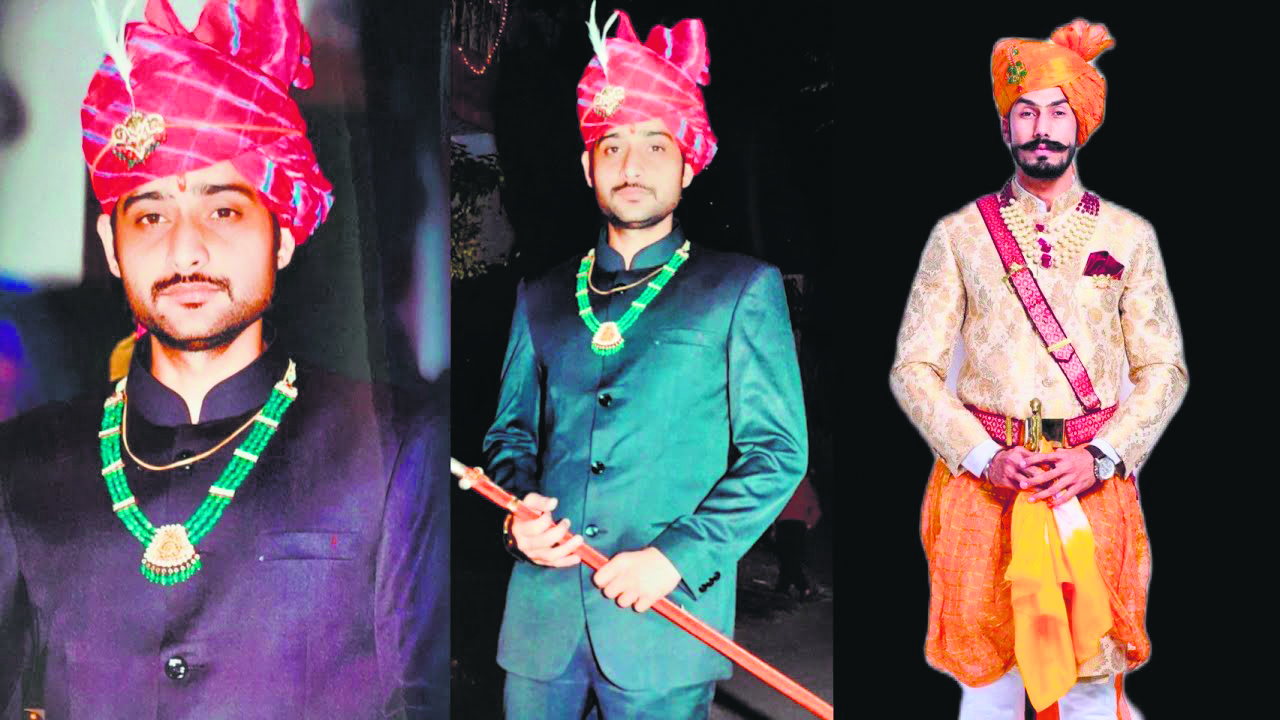The legacy of heritage design comes naturally to those with Rajput roots: Young men and women who have seen the zenana up close, a congregation of noble ladies who got together within the confines of a well shielded room, offering a private audience to the many master craftsmen who brought along divine objects for the Maharani’s audience. These women of great beauty, immense poise and evolved tastes sat previewing the finest necklaces, silver accessories, saris and poshaks—their gossamer chiffon saris held tightly over their well-coiffured hair, each sari a piece of art, some lace-infused and others subtle and floral with tiny sequins and slender thread work adding a bit of glitz to the understated look.




One such couturier of noble lineage is Mayankraj Singh, the creator of Shikaarbagh, a heritage label that is greatly patronized by feisty and beautiful women from Maratha and Rajput families. His in-depth understanding of restoration, recreation and revival is helping him become the preferred one for saris in chiffon, lace and organza. Each of his pieces is accessorised with coats, capes and shawls, and the entire look, curated from the past, is often a veritable remake of cameos of the past.
Mayankraaj Singh, self-trained in design, is from an aristocratic family residing in Kota, which is also home to his Atelier Shikaarbagh. The brand name is inspired by a very intricate form of weave and embroidery patronised by the royals, which captures scenes from erstwhile hunts with rich gold threads woven through silk or embroidered onto chiffon.
It was in 2012 that this student of costuming and history got into heritage couture. With a Masters in the History of Arts from Maharaja Sayajirao University, Vadodara, Mayankraaj is presently pursuing his PhD in “The Evolution of Rajput Royal Costumes”. He has also personally recorded the “Oral History of Costume Traditions” as a written thesis through extensive travel and research. All these studies have not just honed his sensibilities towards heritage and design but also helped him understand his roots better, equipping him with a beautiful blueprint for the future.
The essence of each sari by Shikaarbagh is steeped in heritage craft and design narratives which have stood the test of time, especially his collection for spring 2021 which he traces to the famed first visit of Queen Elizabeth to independent India in the winter of 1961. During the reception held at the City Palace, Jaipur, the Queen had complimented a lady for the sari she had been wearing. The sari had been made by Sir Norman Hartnell, the Queen’s couturier, and the lady was Rani Urmila Raje, an eternal muse for both Mayankraaj and his brand, Atelier Shikaarbagh.
Primavera—named for the season of spring and its new beginnings—hopes to serve as a paradigm shift from the current art of sari ideation and design. This summer, Atelier Shikaarbagh will also present a range of evening and wedding gowns, day dresses and over layers, recalling the glamour of the 1950s and 1960s, an era when detailed construction and tasteful embellishment were celebrated for the sheer joy of their gifts to personal styling.
Delicate pink, ivory, navy, black, metallic silver and gold as well as ruby red and emerald green will present a symphony of the English and Indian love for refined colour palettes. The collection will be soft and feminine, with diaphanous organzas and crisp georgette sarees paired with sharp blouses and jackets, flowy gowns with illusion necks, and ‘couture-technique’ skirts in shikaargah brocades, specially woven for this collection.
Primavera also features a first-of-its kind Indian lace. The hand-guided Cornely embroidery blends the ‘primavera’ and shikaargah aesthetic, shown in the depiction of a royal springtime hunt.
The sarees have been styled with timelessly decadent outerwear pieces, like capes, jackets, and boleros, in soft taffetas, gajji silks and velvets. The end-to-end design process, from creating the patterns and motifs to meticulously perfecting the silhouettes, has taken two years to complete.

